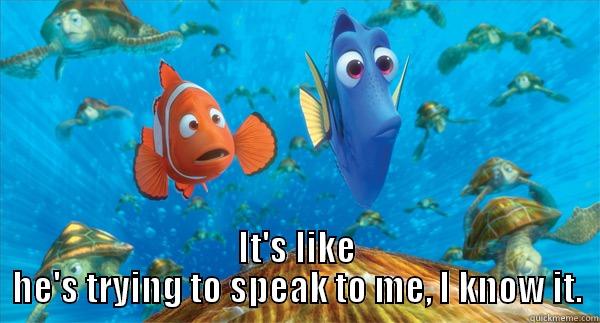Welcome Back, Friends!
This week we’re back to talking about research, but with a twist. Instead of talking about the incredibly fascinating stuff I’ve found, I’ve decided to take a step back and consider how my sources piece together in the greater puzzle of my research.

Wait, So What’s With the Title?
As always, subtitle, you have great questions. The title has to do with what territory or what space the research goes into. On the other hand, the gap refers to the holes left from researching that leave questions or a lack of information.
For example, the materials I have found from the Santa Clara University Archives deal more with diversity within the 1980s and 1990s, specifically with the Chicano Studies Department and the UNITY movement and the Multicultural Center. Sources on the Chicano Studies Office show how the administration of the university has dedication and motivation to forward minority student development academically, professionally, socially, and personally. With letters from the Director Inez Gomez, the detailed plans and reports on the status of the Chicano Student Resources, particularly on their improvement as well as points to work on. Regarding the Office of Student Life, the UNITY proposal sets the groundwork for the importance of representing and embracing minorities on campus as well as the establishment of the Multicultural Center. Yet, all of these acts become extremely controversial on campus, leading various groups to publish newsletters and works in response to them. Overall, the voices of the university administration and the students 20-30 years ago are heard clearly in these sources, as if they were just spoken.

As far as the gap, I found that they were ABUNDANT in archival research. Since the documents are arranged in a particular order, it does not always make chronological sense. Sometimes the packets are even stapled in the wrong order! This creates confusion and frustration in not being able to find the correct or relevant information. Besides this, gaps in my understanding of certain positions, programs, and movements developed as I dove deeper into the rabbit hole of archival research. For example, the results of the UNITY movement became unclear once I looked more at the sources filed with the packet. Finding strange emails and notes, I could not figure out the exact result of UNITY, looking at pieces that referred to the results instead of stating them.
Territory + Gap = ???
Overall, thinking about the territory and gaps of my archival research allowed me to not only see the problems with my style and researching itself but also showed me what to focus more on to collect an abundant, useful group of sources. Territory revealed where I currently am in comparison to where I need or should be. Gaps reinforced the idea that research, especially archival, is not always complete or even easy and that we need to create meaningful connections between the sources as we continue the search for answers.

Thanks for reading!